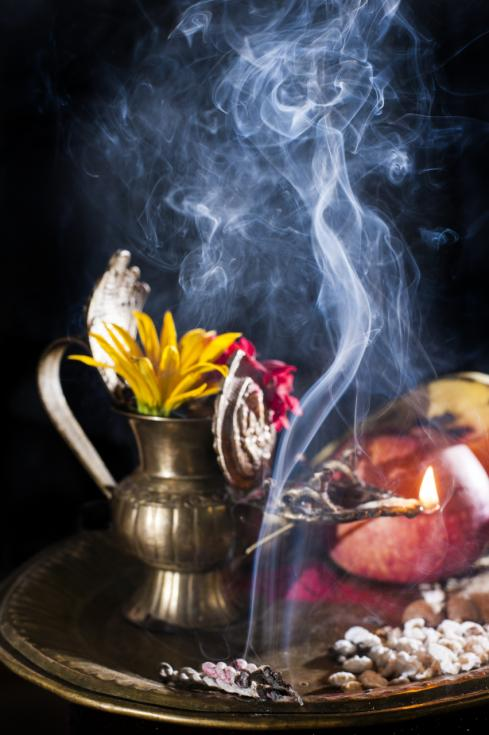In the legend and mystery of Shangri-la, perhaps nothing has been more easily misinterpreted and exoticized than the legend of the ‘Living Goddess’. Those two words are what describe the institution of the Royal Kumari in guidebooks, scores of articles and several documentaries. It is what draws curious tourists to her temple, hoping to catch a glimpse of the little girl that even kings pay obeisance to. In all, the story of the Living Goddess has been told over a hundred times but never so engagingly or as honestly than in From Goddess to Mortal: the True Life Story of a Former Royal Kumari by Rashmila Shakya as told to Scott Berry.
What sets this book apart from anything else you will read on the Kumari is the fact that it is not a voyeuristic or fictional account. When she was just four-years-old, Rashmila Shakya was ensconced at Kumari Chhen as the living incarnation of the Goddess Taleju. For eight years, she lived as Dyah Meiju or Kumari before she made the difficult journey from goddess to mortal.
Berry begins in medias res with the 12-year-old goddess being informed by her sister that her time at Kumari Chhen was coming to an end. He does a very good job of walking the fine line of lending his skills to Rashmila’s story without overpowering the content with the style. As a matter of fact, the language used is simple, allowing her to shine through. Written in the first person, this autobiography is rich in detailed descriptions of daily life, festivals, myths, and culture.
Berry has an interesting connection with Rashmila. His two daughters, Maya and Anna Mei, were the secret playmates of the young Kumari and there is one photograph of the three together in the selection included in the book. The cover has a photograph of Rashmila, dressed in all her finery, being carried in her father’s arms during Indra Jatra. It is an incident she recalls with much poignancy.
An underlying theme to Rashmila’s narrative is learning, starting with the inadequate formal education for the Dyah Meiju from an old tutor who taught her only multiplication tables to the time of the book’s publication, when she was on her way to being the first goddess with a college degree in Information Technology. Interestingly, after getting through the SLC exam, Rashmila becomes a part time teacher for Health Science and Moral Science. “I suppose it is logical enough to have an ex-goddess teaching Moral Science,” she quips. Although she now receives a lifelong pension from the government, Rashmila wishes she was given a scholarship instead.
In several places she expresses frustration with having to deal with the misconceptions that have sprung around the institution of the Kumari. But there is no bitterness or rancour in Rashmila. If anything, she is eager to offer suggestions to better the lives of the young girl who serves Nepal as she herself did.
Rashmila is candid in her assessment of her time as a Kumari: “I was left with nothing but a gold brocade dress and my memories. And more important, I was virtually illiterate.” She hopes that future Kumaris are educated more and treated less as infallible goddesses “who must know everything without being told”.
From Goddess to Mortal is memorable for reasons beyond its fascinating subject and well-written content. This true life story does that rare service of inspiring the reader with its courage, honesty, and heart.
152 Pg. NRs 660/- Publisher: Vajra Publications
Book Courtesy: Vajra Books; Ph. 4220562
Dambar Kumari and a fabric that transcended boundaries
Photo Credit: Chandra S. Magar Dambar Kumari was a rebel who did not want...







